
Disclaimer:This article is reproduced from the “Yao Ke Ba Ba” WeChat public account, and its copyright belongs to the original author. The reproduction is solely for the dissemination of basic knowledge of traditional Chinese medicine. Any advertisements inserted are unrelated to the original author, and we thank the original author for their hard work. If there are any objections, we will delete the content.
Source:
This product is the dried root and rhizome of the Lamiaceae plant Dan Shen (Salvia miltiorrhiza Bge.).
Origin and Harvest Time:
Currently, Dan Shen is mainly produced in Sichuan, Shandong, Shanxi, and Henan provinces in China. The harvest time varies due to different propagation methods and origins, generally occurring from October to February of the following year. Dan Shen propagated from seeds has a later harvest time compared to those propagated from tubers.
2015 Pharmacopoeia Standards:
Common Specifications:
Dan Shen has a detailed grading system, generally classified into three grades: Grade 3, Grade 2, Grade 1, Special Grade, and Super Special Grade, with specific standards as shown in the image below:
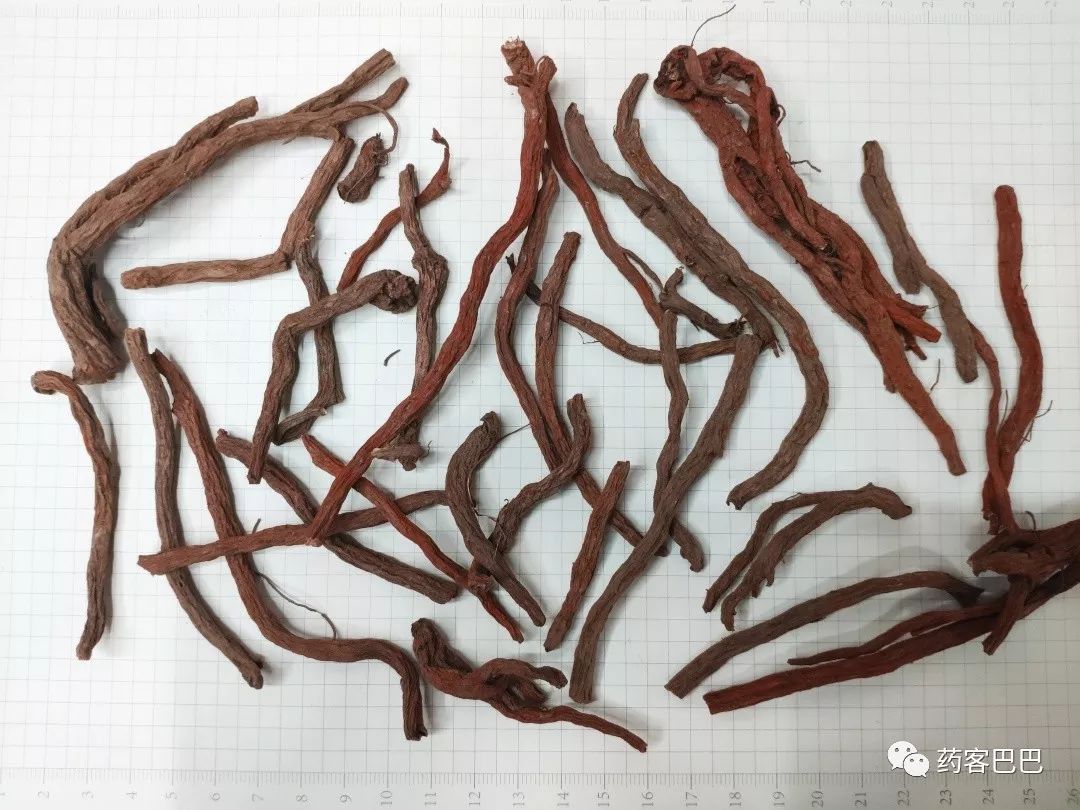
Grade 3, diameter less than 5mm
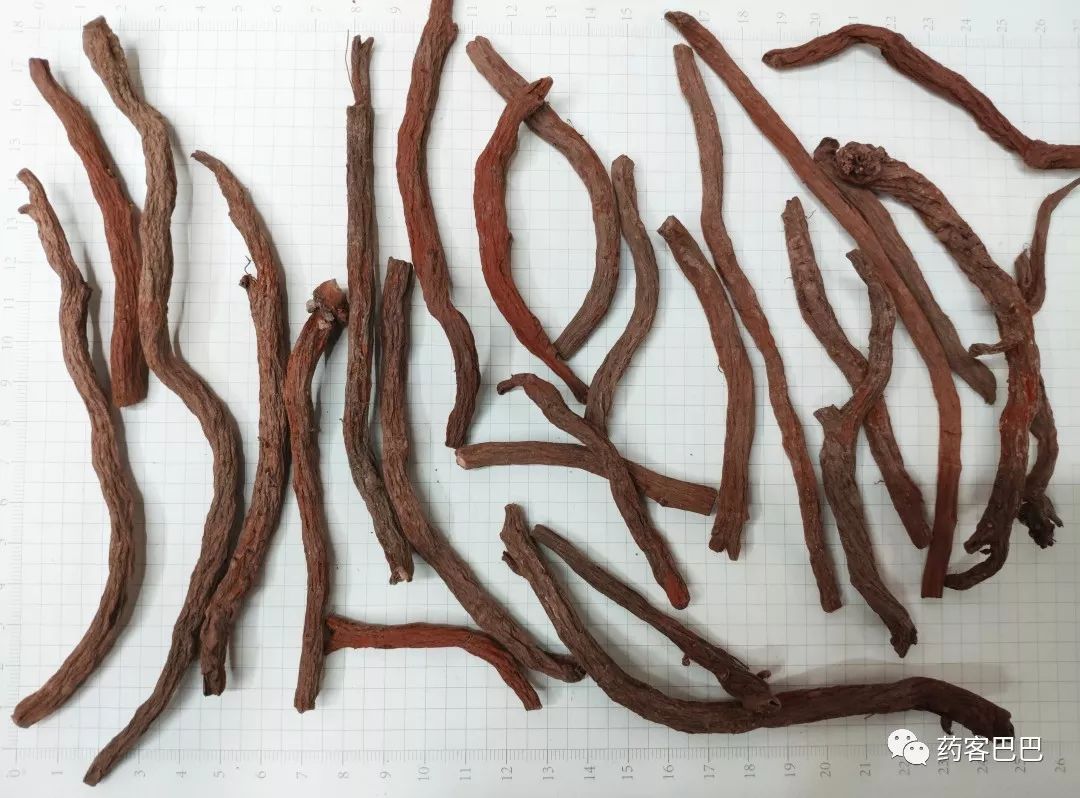
Grade 2, diameter 5-6mm

Grade 1, diameter 7-8mm
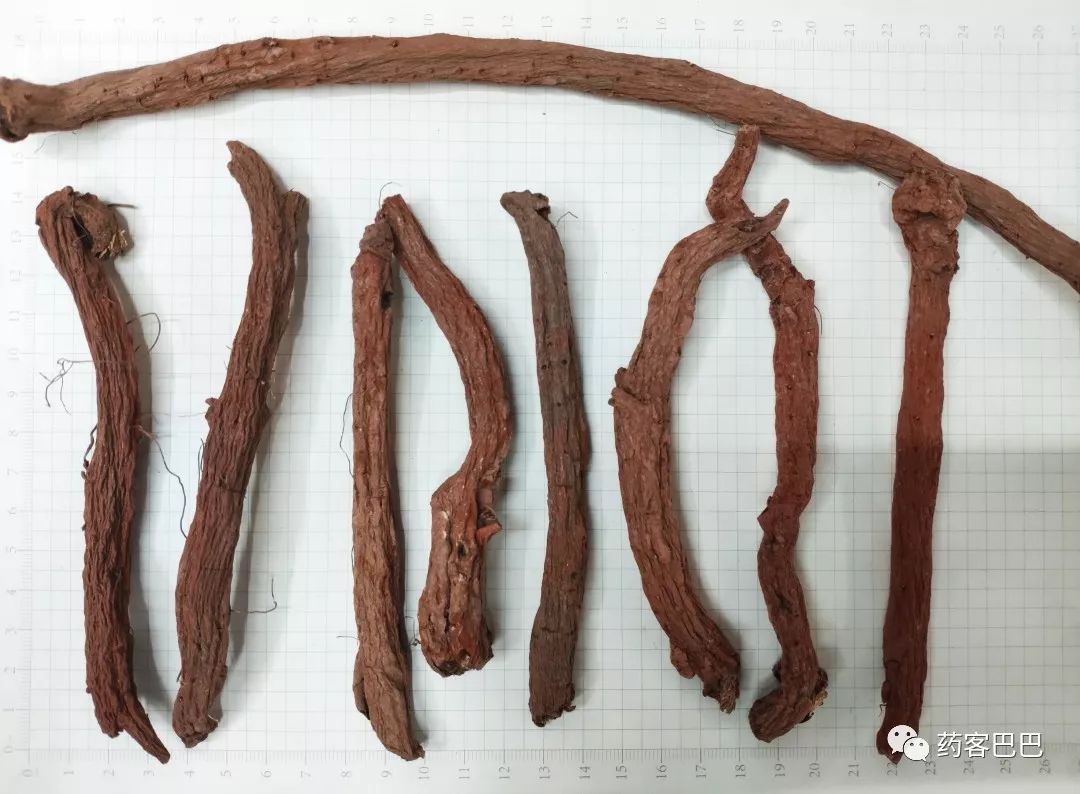
Special Grade, diameter around 10mm
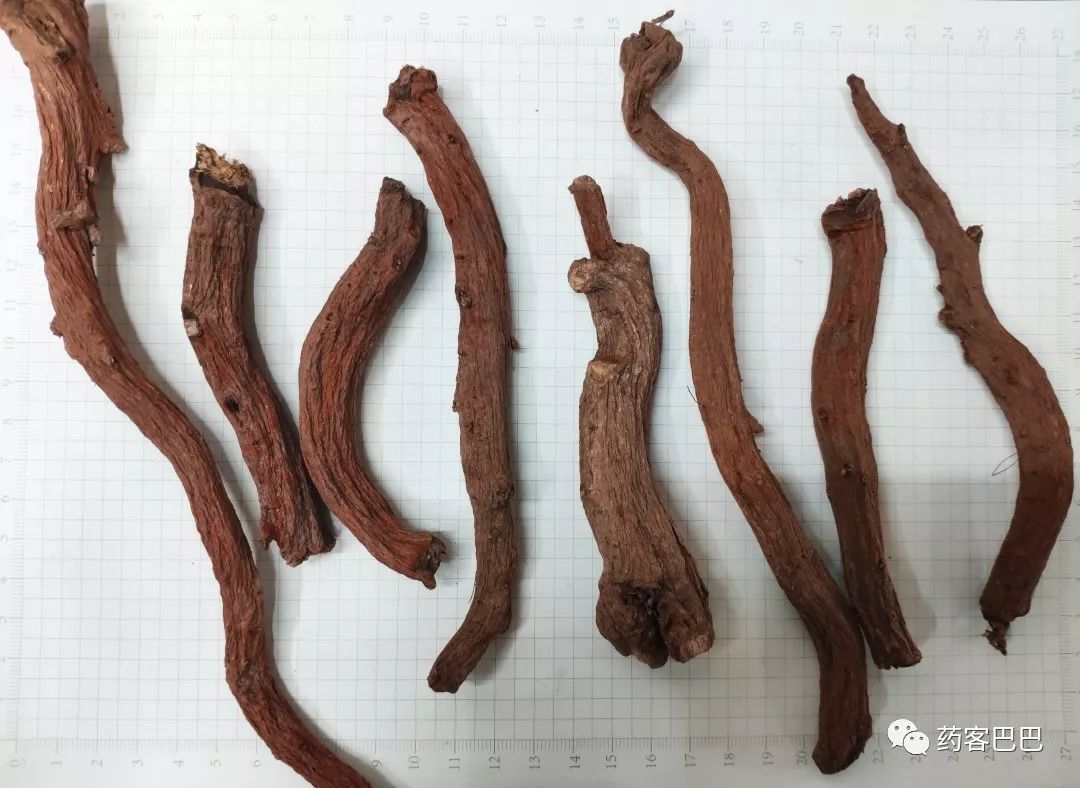
Super Special Grade, diameter greater than 12mm
Additionally, according to different customer requirements, Dan Shen can be processed into Dan Shen segments or slanted slices, which generally do not have large quantities and require prior communication to determine standards, with prices fluctuating based on labor and loss.
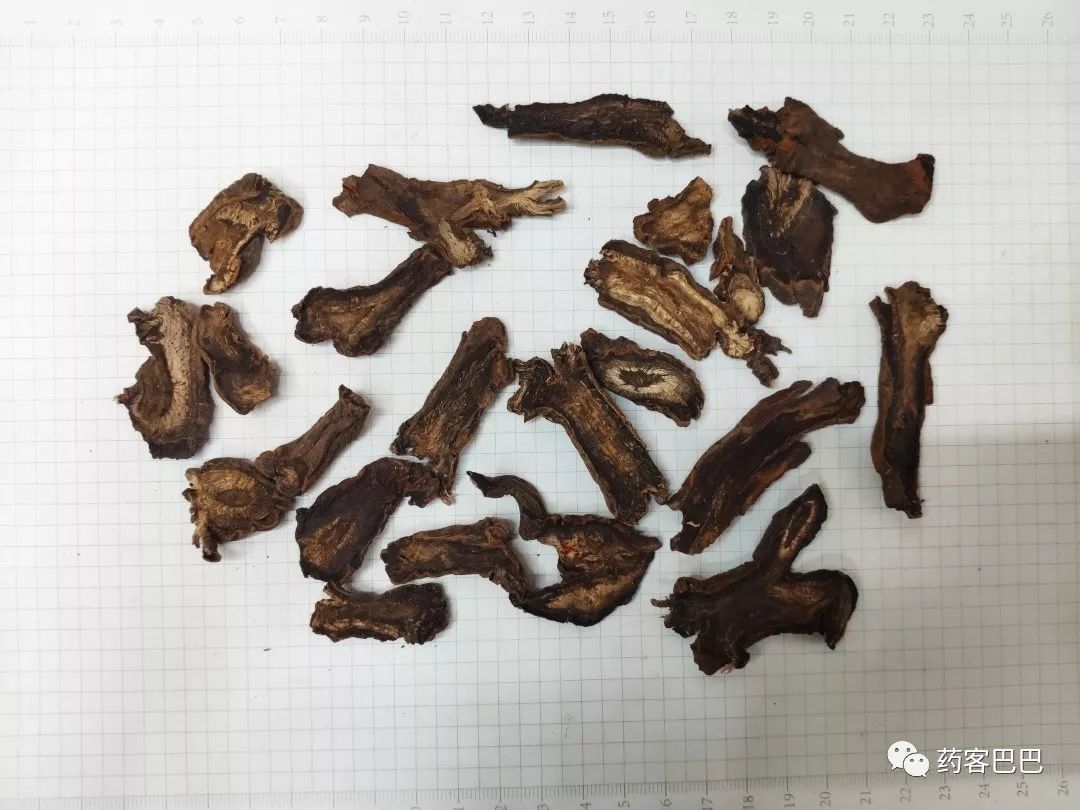
Segments processed from Grade 2 and Grade 3 Dan Shen

This slanted slice is processed from the Dan Shen root head, with an irregular shape, and is also very inexpensive. The processing of this slanted slice generally requires prior confirmation of which specification of Dan Shen strips to use based on customer needs (Note: Dan Shen with better sweating has a darker cross-section color).
Procurement Keywords:
Origin:
Currently, Dan Shen is mainly produced in Sichuan, Shandong, Shanxi, and Henan provinces. The content of Dan Shen varies by region, with Shanxi Dan Shen having a high content of salvianolic acid B, Shandong Dan Shen having a high total ketone content, while the total ketone content of Dan Shen from Henan and Sichuan regions is not easy to meet standards.
Drying:
Drying is the most important step in the processing of Dan Shen. Common drying methods include direct sunlight and shade drying. The two major chemical components in Dan Shen are water-soluble salvianolic acids and fat-soluble tanshinones. For water-soluble salvianolic acid B, direct sunlight drying is more effective in preserving its content (reducing the time salvianolic acid B is in contact with water); for fat-soluble tanshinones, sunlight drying significantly reduces their content. Considering various experimental research results, the retention of active components, and cost savings, the most suitable drying methods for Dan Shen are shade drying or low-temperature drying (around 40°C).
Sweating:
It is understood that the purpose of sweating Dan Shen is twofold: first, to facilitate balanced drying inside and out; second, the water-soluble components in Dan Shen significantly increase after sweating treatment.
Related studies indicate that during the “sweating” process, the medicinal material generates heat, raising the temperature and creating favorable conditions for enzyme activity in the cells, promoting the generation of phenolic acid components. After sweating, the content of cryptotanshinone and tanshinone I in Dan Shen slightly decreases, while the content of tanshinone IIA increases, with little change in total tanshinones. However, under the action of related active enzymes, lighter-colored cryptotanshinone and other components are converted into darker-colored tanshinone IIA, which is why the cross-section color of Dan Shen becomes darker after sweating.
Due to processing costs, losses, and the minimal change in total tanshinone content after sweating, along with the fact that the 2015 Pharmacopoeia does not mention sweating treatment, it is generally not performed in regions such as Shandong, Shanxi, and Henan. However, suppliers may perform sweating treatment based on pharmaceutical company requirements, such as in some pharmaceutical companies in Guangdong. The most significant characteristic of successful sweating treatment is that the cross-section turns purple-red.
Washing and Moistening:
There is a saying in the processing of Dan Shen that “washing with water is to be avoided” because the ketones in Dan Shen are mainly concentrated in the epidermis, and washing with water will inevitably damage the epidermis, leading to the loss of ketones. When processing into slices, prolonged soaking in water will result in insufficient ketone content; using steam for moistening is much better. Therefore, special attention is needed during processing, and when selecting, all hair roots should be removed, and those that are branched together should be broken apart to avoid prolonged soaking or inadequate washing. For moistening Dan Shen, traditional pile moistening (less soaking, more moistening, with several water sprays in between, turning frequently, checking that it can bend without breaking, generally around 6 hours) can be chosen. Steam moistening machines (generally 20-40 minutes) should be used, and slices should be cut promptly (generally 2-4mm thick) and dried immediately at low temperatures (around 40°C) for 4-6 hours (turning frequently in between).
Tanshinones:
The 2010 edition of the Pharmacopoeia only set a standard for tanshinone IIA (not less than 0.20%), which was insufficient in considering the components of Dan Shen. However, the 2015 Pharmacopoeia comprehensively considered total tanshinones (not less than 0.25%), aligning with the actual quality of Dan Shen on the market, resulting in a lower non-compliance rate compared to the 2010 edition.
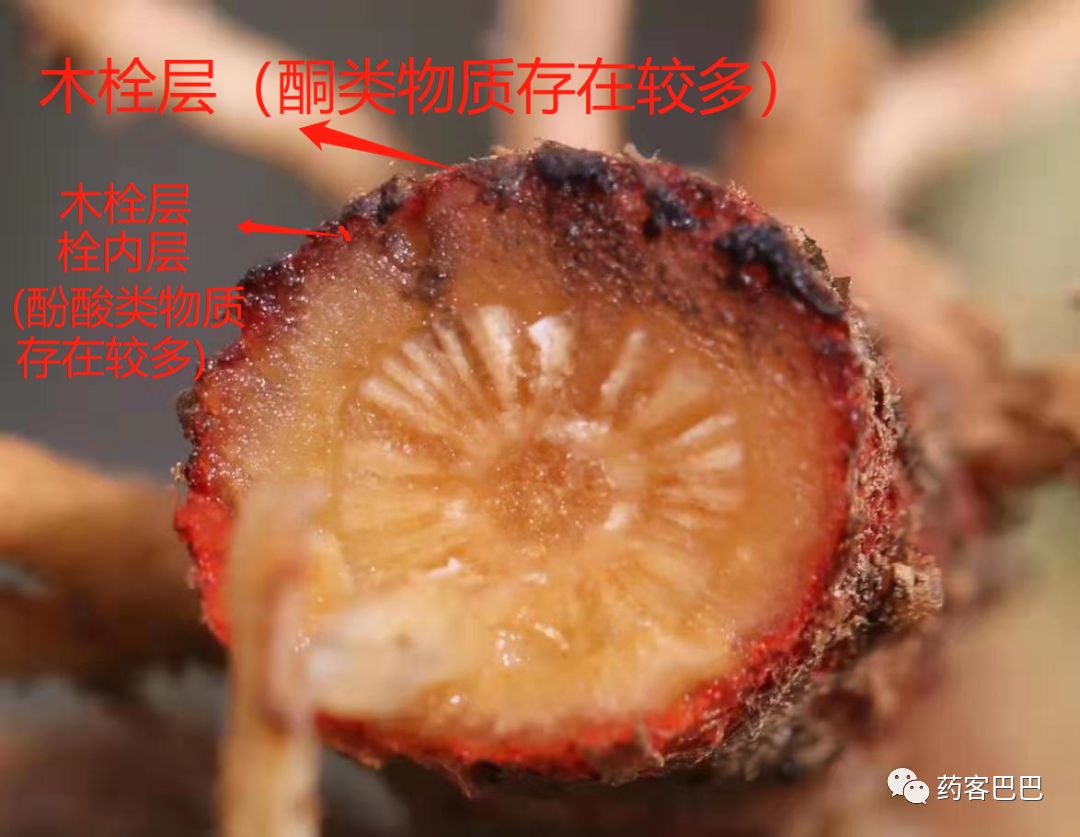
Total tanshinones are an important standard for measuring whether Dan Shen meets pharmacopoeia standards. The majority of return reasons in the market are also due to insufficient tanshinone content. It is understood that the surface of Dan Shen is the periderm (from outside to inside: cork layer, cork cambium, and inner cork layer), while the ketone substances in Dan Shen are mainly located in the cork layer, and phenolic acids are mainly in the cork cambium and inner cork layer. Relatively thicker Dan Shen has a lower proportion of epidermis per unit volume, resulting in lower tanshinone content. For example, in recent years, Dan Shen from Zhongjiang, Sichuan, and Wenxian, Henan, has often shown insufficient tanshinone content.
Additionally, continuous cropping and early harvesting of Dan Shen result in lower total tanshinone content compared to normally cultivated Dan Shen, which requires special attention during procurement.
Adulteration:
Due to the low value of Dan Shen itself, there are few cases of counterfeit products, but there is a possibility of mixing Dan Shen slices from different origins, for example, Shanxi Dan Shen being mixed into Shandong Dan Shen to increase the salvianolic acid B content of Shandong Dan Shen.

Medicinal Material Supply and Sales Connection Group
(Currently has reached 8700 members)

Health Food and Health Products Group(Including resources from research, industry, etc.)

Traditional Chinese Medicine Industrial Enterprises Group
(Currently has reached 600 enterprises)

Traditional Chinese Medicine Agricultural Enterprises Group
(Currently has reached 2000 planting bases)

